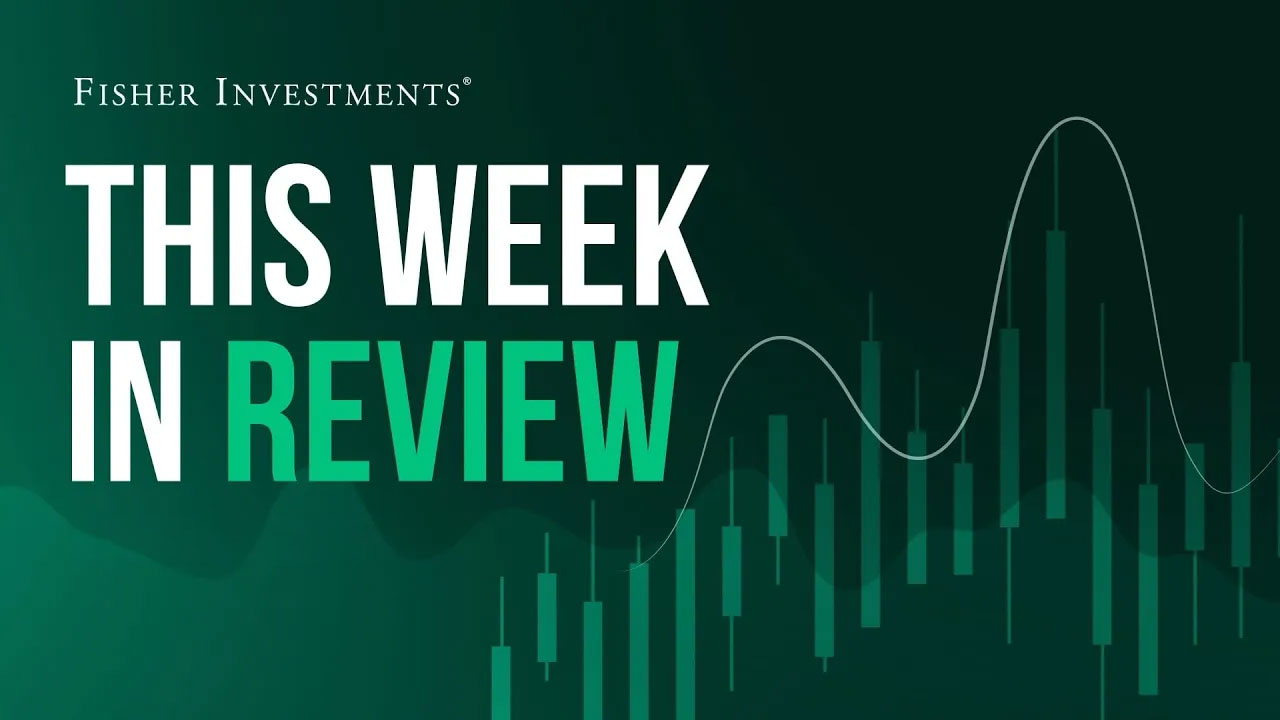Personal Wealth Management / Market Analysis
America’s Economy Still Looks Better Than Feared
This week’s monthly US indicators help illuminate Q2’s GDP report.
US GDP’s 2.4% annualized Q2 growth may have hogged most of the attention on the economic data front this week, but it was hardly the only release.[i] A handful of more granular indicators also came out this week, shedding light on some things that may or may not be baked into GDP just yet—and which happen to point positively, suggesting better-than-feared economic fundamentals continue underpinning this young bull market. Let us take a quick tour.
Investment in Machinery Is Turning the Corner
One of the more noteworthy aspects of the GDP report was sharply rebounding business investment in equipment. This narrow category jumped 10.8% annualized, snapping a 2-quarter drop—and answering one of the big question marks surrounding recent durable goods orders.[ii]
You see, durable goods orders have posted some swell month-over-month growth rates since March: In chronological order, they jumped 3.3%, 1.2%, 2.0% and—as we learned Thursday—a whopping 4.7% in June.[iii] Capital goods orders excluding defense and aircraft—aka core capital goods orders, widely considered a leading equipment investment indicator—rose 0.7% m/m in April, 0.5% in May and 0.2% in June.[iv] Both categories hinted at an equipment investment turnaround, but the signal was noisy since this series isn’t inflation-adjusted. That raised the question of whether the rises stemmed from prices or an actual increase in activity.
The GDP report strongly hints it was the latter, which we think is good news: It should mean businesses are overcoming price pressures and ramping up accordingly. Today’s higher orders are tomorrow’s higher output. Perhaps not for the entire manufacturing sector, if the drop in new orders reported in S&P Global’s flash manufacturing purchasing managers’ index for the third straight month in July is a reliable indicator, but at least for the capital equipment segment. If businesses are splashing out on more machinery, it suggests they are in an overall expansive phase, which augurs quite well for economic growth considering business investment tends to be a key economic swing factor.
Housing Tailwinds Are Gathering Pace
One big category continued detracting from GDP in Q2: housing, which fell another -4.2% annualized.[v] Yet as we discussed last week, monthly data suggest this is starting to turn—and two more pieces out this week further support this viewpoint. Pending home sales, out Thursday, inched 0.3% m/m higher in June, snapping a 3-month losing streak.[vi] New home sales, which came out the day prior, may have fallen -2.5% from June, but this is better than meets the eye.[vii] The decline followed May’s red-hot 6.6% m/m, which compounded April’s 4.8% and March’s 2.4%.[viii] That left the level of new home sales in June as the second-highest since way back in March 2022, with only May’s higher.
This recent strength has helped pare the glut of new homes for sale that amassed last spring and summer. In July 2022, the supply of new homes for sale topped out at 10.1 months of supply.[ix] Now, as of June, it is down to 7.4.[x] Waning supply, coupled with strong demand and the shortage of existing homes for sale, should be a strong incentive for builders to continue picking up the pace. It may be happening in fits and starts for now, judging from bouncy housing starts, but the seeds appear to be sprouting. Helping water them? Home prices are inching higher, at least if the Case-Shiller 20-City Composite Home Price Index’s 1.0% m/m rise in May—its third straight jump—is any indication.[xi] Stabilizing home prices give builders more confidence that new construction will be profitable, which is the ultimate building incentive.
As we have written, sentiment seems to have warmed from last year’s icy pessimism, although many skeptics and recession expectations remain. But with economic data showing resiliency, that looks pretty rational to us.
If you would like to contact the editors responsible for this article, please message MarketMinder directly.
*The content contained in this article represents only the opinions and viewpoints of the Fisher Investments editorial staff.
Get a weekly roundup of our market insights
Sign up for our weekly e-mail newsletter.

See Our Investment Guides
The world of investing can seem like a giant maze. Fisher Investments has developed several informational and educational guides tackling a variety of investing topics.



